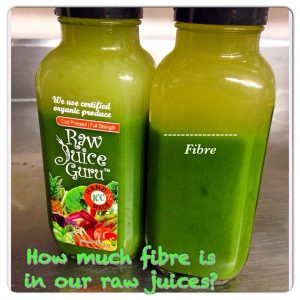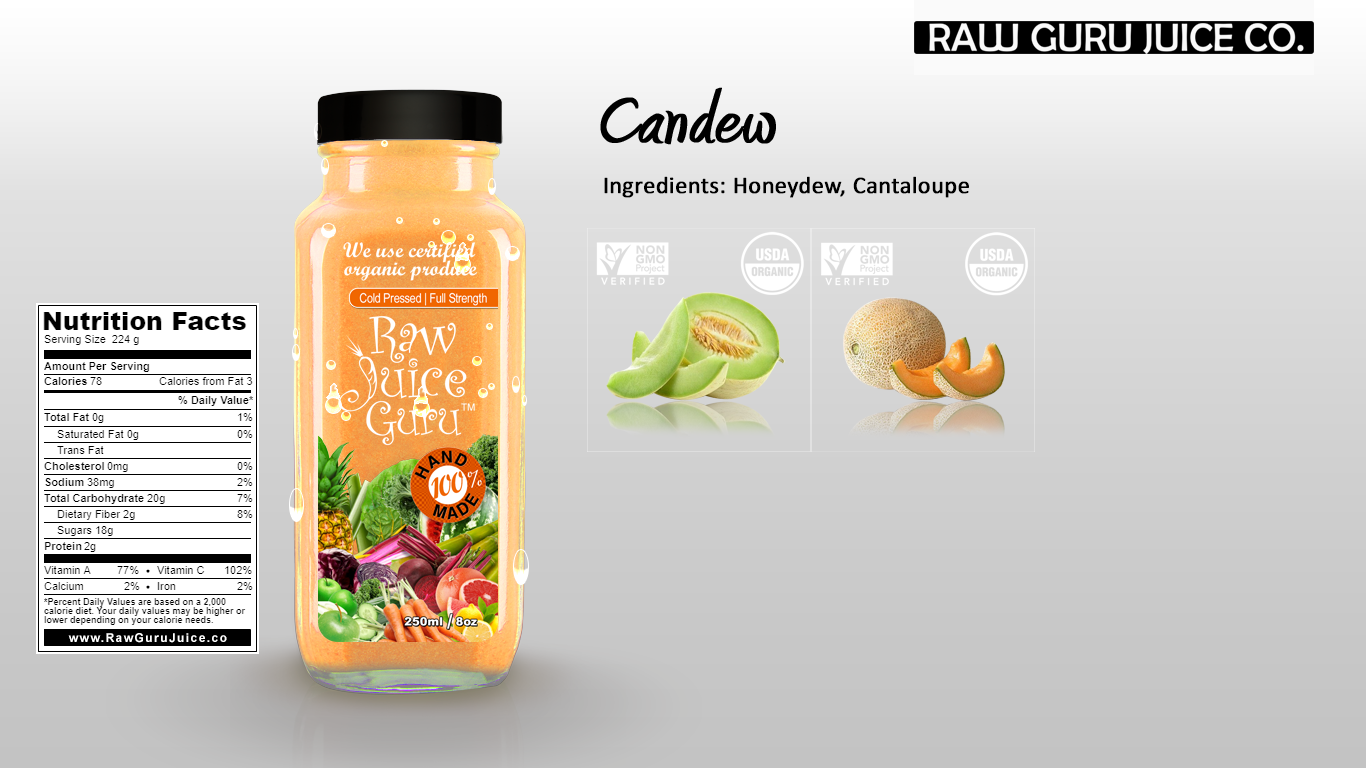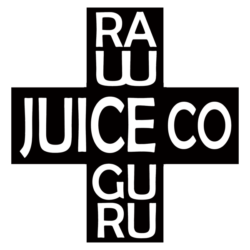 You have all asked is there fibre in our raw juice? Yes. The separation you see in picture that 80 percent is the fiber. And this juice is apple, cucumber, parsley, cilantro, kale, lemon.
You have all asked is there fibre in our raw juice? Yes. The separation you see in picture that 80 percent is the fiber. And this juice is apple, cucumber, parsley, cilantro, kale, lemon.
You can always tell the amount of fiber in any raw juice you buy by this separation. It also varies on the kind of juicer you use. We use the best cold pressed juicers to give your body the best amount of live enzymes, nutrients and fiber.
It was also thought that the juice had no fiber. Juicing got a bad rap in the early nineties because it was thought that the juice lacked fiber. But that assertion was simply not true; only the insoluble fiber is removed in the juicing process, and it’s loaded with soluble fiber, which is excellent for the intestinal tract.
There are 2 main types of fiber in fruits and vegetables. There is insoluble and soluble.
We all get enough insoluble, the problem is we are not getting enough soluble because it’s harder for our bodies to break down. Because of the food choices we make. When you remove the insoluble fiber and are left with the fluid part of the fruits and vegetables, it allows easier assimilation and absorption of vitamins, minerals & other important phytonutrients across the digestive tract. Insoluble fiber slows down absorption of many micronutrients, so basically juicing is fast tracking our nutrients.
In the past it was thought when juicing fruits and vegetables, a significant amount of nutrients remained in the fiber of fruits and vegetables, but that theory has been disproved. The Department of Agriculture analyzed twelve fruits and found that 90% of the antioxidant activity was in the raw juice rather than the fiber.
The recommended fiber intake for adults is between 20 and 35g per day, but the average Persona daily intake of dietary fiber is only 14 to 15 grams. It is easy to double that by juicing once each day. You can drink 2-3 lbs of veggies in one juicing, where it would be next to impossible to eat that amount in a meal.

